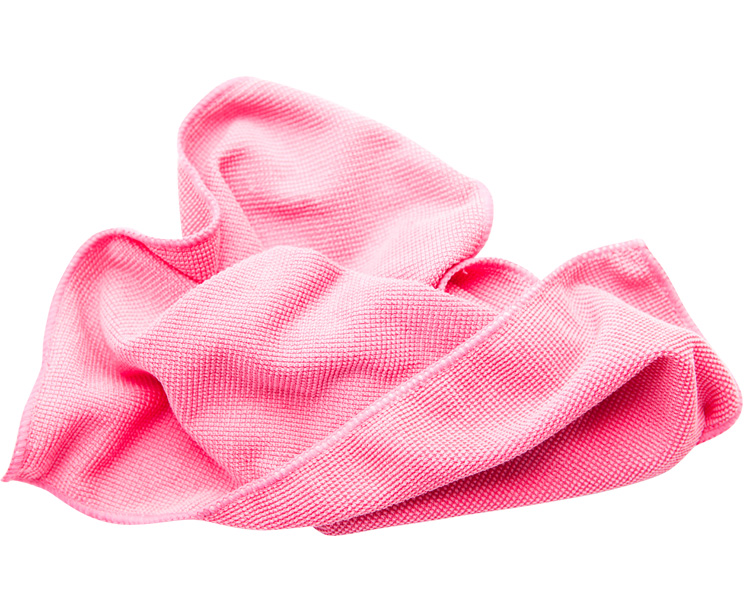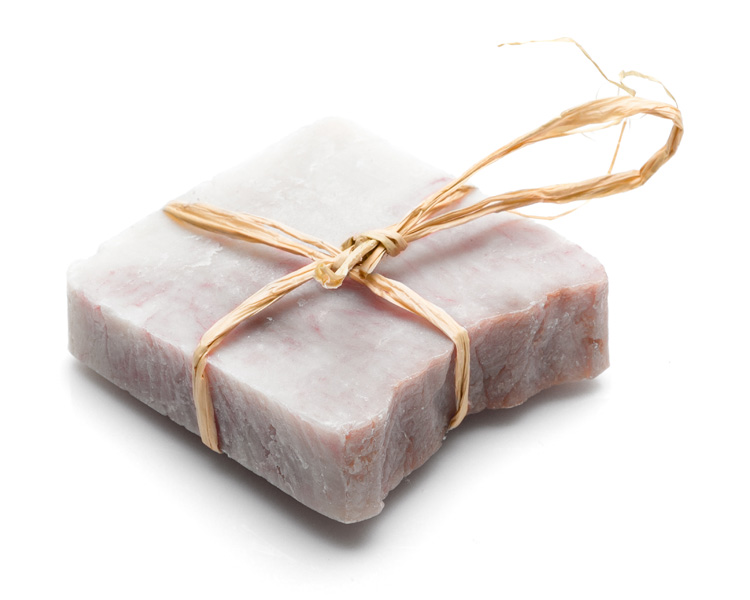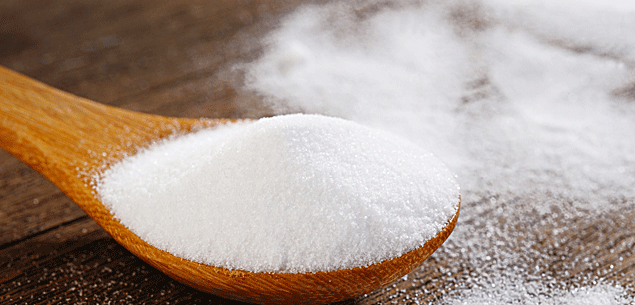Reader letter of the week
*Dear Wendyl,
I love your idea of using coconut oil as a moisturiser. I like that it’s so easy and doesn’t involve mixing anything up because I’m a bit impatient. Unfortunately, every time I use coconut oil, my face breaks out in spots! I think I might have an allergy. I have really dry skin, so I do need something to get me through the winter. Do you know of any alternatives?
Augusta*
Dear Augusta,
It does seem like coconut oil is not for you, but don’t worry. If it’s ease and extra hydration you’re after, I suggest you invest in some vitamin E pills from your pharmacy or supermarket. I’ve been using them as a moisturiser for years. All you have to do is pierce the capsule with a pin and smear the oil on. It’s really thick, so I leave it to soak in for a few minutes, then wipe any excess away with a damp cloth. While you’re at it, take a pill each day and your skin will be glowing and hydrated in no time.

Leather cleaner
When it comes to shoes and handbags, you just can’t beat leather for quality and durability – although I always buy mine from sustainable sources or second-hand from op shops. But it can get so frustrating when you’ve splashed out on a nice bag or gorgeous boots only to find them scuffed a few weeks later. If your leather is looking a little worn, try this natural cleaner:
Mix ¼ cup olive oil and ¼ cup apple cider vinegar in a bowl. The mixture won’t combine completely, but get as near as you can. Dip a clean cloth into the mixture and wipe onto your leather surface in circular motions. You can follow this up by buffing the leather with a soft, dry cloth.
SKIRLIE
Ever since my husband discovered he has a hint of Scottish heritage, he has been pestering me to make traditional recipes. This is one of the more unusual I found, but also one of the tastiest and most nutritious. It can be used as an accompaniment to a main course, a starter or even as a brunch dish by itself.
– 2 tbsp olive oil
–4 spring onions, sliced
–1 tsp fresh thyme, chopped
–1 cup rolled oats
–100g baby spinach
–Salt and pepper, to season
1 Heat the oil in a frying pan and cook the spring onions over a medium heat. Add the thyme and rolled oats.
2 Reduce the heat and cook, stirring frequently, for about 5 minutes. Add a splash of hot water and cook for two more minutes until the oats mixture is just slightly creamy.
3 Stir in the spinach and continue cooking until it has wilted. Season well with salt and freshly ground black pepper before serving.

Homemade castile soap
A lot of my recipes use castile soap and while I like to use the Dr Bronner’s brand, I know it’s not easy to source if you don’t live near a health food store. Luckily, it’s not too hard to make at home, so here’s a recipe.
– 470ml water
– 170g lye (100% caustic soda or drain cleaner)
– 470ml olive oil
– 400g solid coconut oil
– 675g vegetable shortening (Kremelta)
1 Make sure you are wearing protective goggles and gloves in case anything in this first process splashes. Do this in a wide open space, such as a kitchen to avoid inhaling the fumes.
2 In a large stainless steel or glass container, mix the water and lye together. It will fizz and get quite hot.
3 Heat the oils and shortening together over a low heat in a large enamel or stainless steel cooking pot. You want it to heat to 37°C.
4 Watch the lye mixture and wait for it to come down to the same temperature (37°C). When they are both at the same temperature, remove the oil from the heat and mix with the lye, stirring constantly.
5 Eventually it will start to drag when pulling the spoon through. This means saponification has taken place. You will know you are there when the mixture is thick and the spoon leaves a channel that lasts a few seconds before filling up. This takes about 10 minutes but sometimes it takes longer. You can then add any essential oils, seeds or clay and pour into soap moulds. I use plastic moulds you would store food in. Ice-cube trays work well for small soaps.
6 Cover with a blanket or towels and leave for 24 hours. The soap should be hard and pop out of the moulds easily. If not, leave it for a few more days. You must dry the soap out completely before use.


